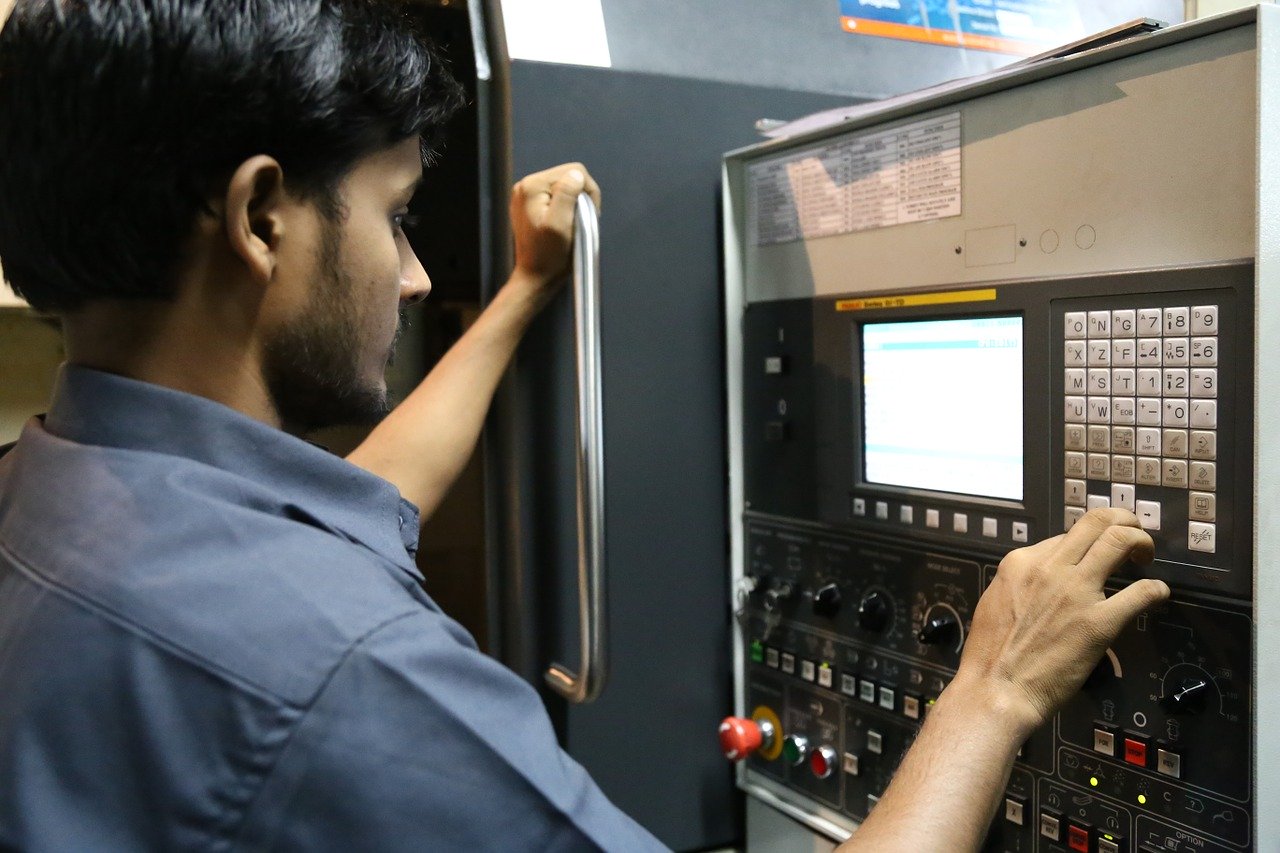Modified on
09 Dec 2022 10:50 am
How Long Does It Take to Finish a Skill-Lync Post Graduate Course?

Skill-Lync
Engineering colleges in India usually following the course credit system or CCS. The number of 'contact hours' per week in a specific course is used as the parameter to decide the number of credits for that course over a semester. Usually, course credits range from 2 to 5.
A typical student in an engineering college in India needs to clock in 195-200 credits during their four-year-long B Tech/BE degree along with a summer internship with a minimum duration of 6 weeks and a year-long thesis.
As a rule of thumb, each credit is usually worth 30-40 learning hours. If you do a quick back of the envelope calculation, completion of an engineering degree requires around 6,800 to 8,000 learning hours.
If you are looking to get into a core mechanical engineering role, it could often be the case that the 8,000 hours of learning that you have undertaken has helped you grasp all the theoretical knowledge of your subjects. However, practical learning may be missing - especially if you have had a short internship.
Skill-Lync: The Go-To Place for Industry Relevant Courses
For several budding mechanical engineers, Skill-Lync is fast becoming the go-to place for industry-relevant advanced courses and increasing employability. All Skill-Lync courses are focused on specific jobs.
Course-creation is executed in collaboration with industry experts. There is a focus on helping students to build a portfolio of projects to showcase the knowledge and skills honed through project-based learning.
If you have visited the Skill-Lync website, you will have seen several individual courses and PG certifcation course tracks. The PG certification courses are intended to help students increase their employability by equipping them with the right knowledge, skills, and mindsets to get into a core mechanical engineering role.
Skill-Lync Post Graduate Courses
Every Post graduate certifcation program at Skill-Lync consists of multiple individual courses - the key benefits being that each course is practical, reverse-engineered based on industry needs, and involves project-based learning.
In every course, a student is asked to complete 3-4 practical projects. Completion of a Post graduate course can enable students to complete 15-20 projects and build a solid portfolio to showcase their knowledge and skills.

A question that we keep getting asked is, "Can I finish a Skill-Lync post graduate course in 6 months?" This short article will help students answer the above question and understand the time and effort required to finish a Skill-Lync PG certification course.
Time Required to Complete a Skill-Lync PG certification Course
To understand the time required to complete a Skill-Lync post graduate course, students must understand the parameters that determine this time.
Usually, any Skill-Lync post graduation course such as Computational Fluid Dynamics (CFD) or Computer-Aided Engineering (CAE) or the Design post graduation will consist of 5-6 modules. The only exception is the Hybrid Electric Vehicle post graduation. Each of these modules can be considered individual courses.
The time for completion of a Skill-Lync post graduation depends on the number of modules (or individual courses) in that particular course. More importantly, the number of hours in a week that a student can dedicate to learning. Give or take, one module requires about 160 hours to complete while learning full-time.
If a student is putting in 40 hours per week of effort on average, then a module (an individual course) can be completed in a month, and a full Skill-Lync post graduate course, consisting of five to six modules, can be finished in the corresponding five to six months.
Estimating the Time Required
Of course, spending 40 hours per week on the modules is almost similar to a full-time job since you need to spend 8 hours every weekday on average to complete the 40 hours. Students who are willing to put in even more effort (without compromising on the efficiency) can finish a Skill-Lync post graduate course in lesser time.
On the other hand, a student spending lesser time, say 8 hours per week or 16 hours per week takes longer than six months, in an absolute sense, to complete a Skill-Lync post graduation.

However, the calculation is not a straight forward mathematical equation. The time spent per week does not precisely determine the time required to complete the entire Skill-Lync PG certification. The primary reason for the lack of a perfect relationship between the two variables is the practice involved.
Since the individual modules will often involve the student learning different tools and practicing with them through projects, covering more content every week requires more practice, especially as the concepts are interconnected.
Typically, with 8 hours per week of effort, a student can complete a module in 12 weeks or three months. With 16 hours of effort every week, a module can be completed in 8 weeks or two months.
Composition of a Typical Week in a Skill-Lync Post graduate programme
A common question frequently asked by students is about how are they going to spend their time? If a student is spending 8 hours a week on learning, then is it just 8 hours of watching video lectures?
The answer is that the time spent on videos is much lesser, and working on industry-related projects is much more. 30% of the time goes into watching videos and 70% on the execution of the projects.
To take a couple of examples, in an 8 hour per week schedule, a student will spend a little over 2 hours watching videos and 6 hours working on challenges and projects. Correspondingly, someone spending 16 hours per week on Skill-Lync will be using about 4 hours on videos and the remaining on the project-based learning.
This particular relationship operates as a consistent calculation with a rough 30% and 70% distribution between videos and projects.
Conclusion
This was an overview of the effort and time required to complete a Skill-Lync Post graduate course in 6 months. If you are interested in completing one, visit our website and check out the various offerings.
Check out the List of Job opportunities for your Engineering domain
Author
Akhil VausdevH
Author

Skill-Lync
Subscribe to Our Free Newsletter

Continue Reading
Related Blogs
Explore the fundamentals of vehicle dynamics and ultimate trends in the field from design and modeling to control with Skill Lync's exclusive course on the subject. Read about how Skill-Lync's CAE courses can help you get employed.
29 Jul 2020
In this article, we will briefly discuss the working, applications, and features of the one-dimensional systematic simulation tool, GT-Power, in Emission Control Strategy, engine calibration, hybrid vehicle modeling. Read about how Skill-Lync's CAE courses can help you get employed.
29 Jul 2020
This article offers a brief introduction to the globally accepted standard of Geometric Dimensioning and Tolerancing, and its importance for the entire manufacturing process. Read about how Skill-Lync's CAE courses can help you get employed.
29 Jul 2020
In this blog we will read about Going a step into Biomechanics and how Skill-Lync's CAE course will help you get employed.
10 May 2020
The powertrain is the most prominent source of vibrations that affects the driving experience for the people on board. This blog from Skill-Lync examines these vibrations to help enhance that experience.
22 Aug 2020
Author

Skill-Lync
Subscribe to Our Free Newsletter

Continue Reading
Related Blogs
Explore the fundamentals of vehicle dynamics and ultimate trends in the field from design and modeling to control with Skill Lync's exclusive course on the subject. Read about how Skill-Lync's CAE courses can help you get employed.
29 Jul 2020
In this article, we will briefly discuss the working, applications, and features of the one-dimensional systematic simulation tool, GT-Power, in Emission Control Strategy, engine calibration, hybrid vehicle modeling. Read about how Skill-Lync's CAE courses can help you get employed.
29 Jul 2020
This article offers a brief introduction to the globally accepted standard of Geometric Dimensioning and Tolerancing, and its importance for the entire manufacturing process. Read about how Skill-Lync's CAE courses can help you get employed.
29 Jul 2020
In this blog we will read about Going a step into Biomechanics and how Skill-Lync's CAE course will help you get employed.
10 May 2020
The powertrain is the most prominent source of vibrations that affects the driving experience for the people on board. This blog from Skill-Lync examines these vibrations to help enhance that experience.
22 Aug 2020
Related Courses
